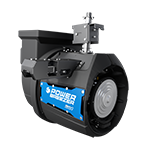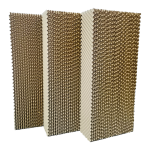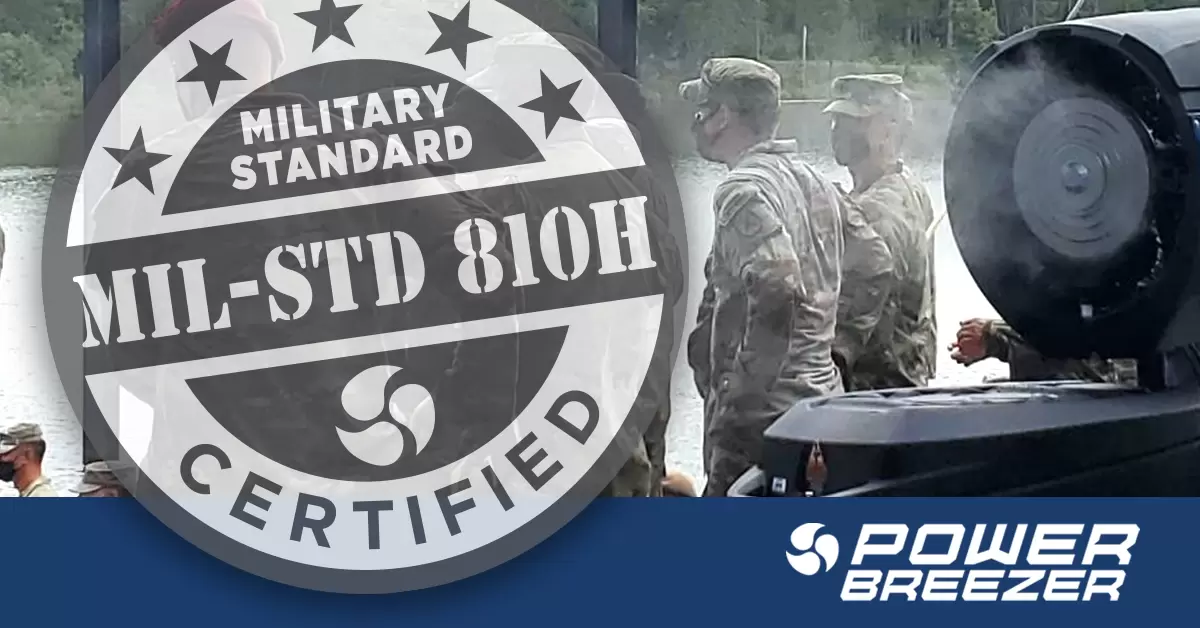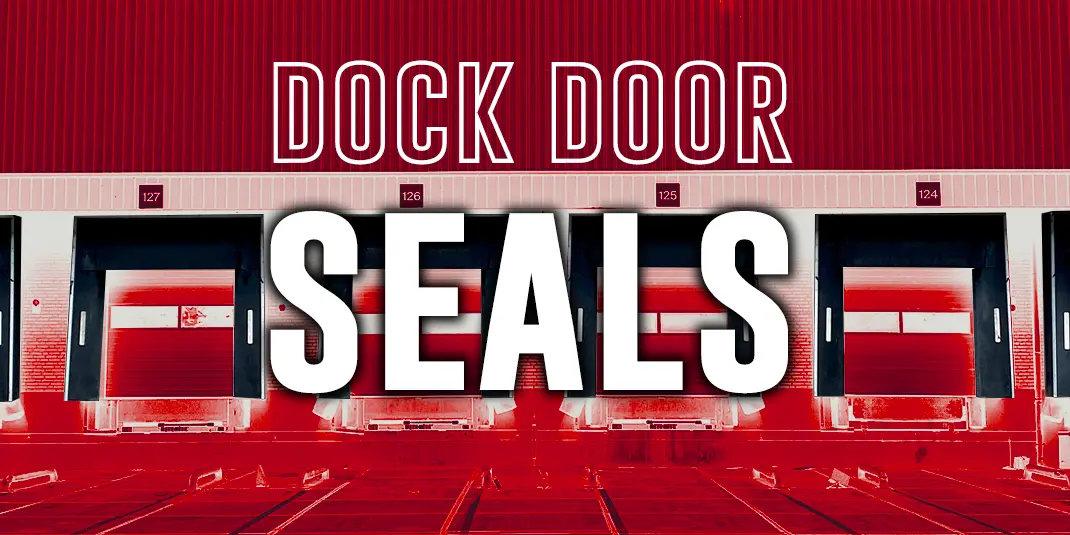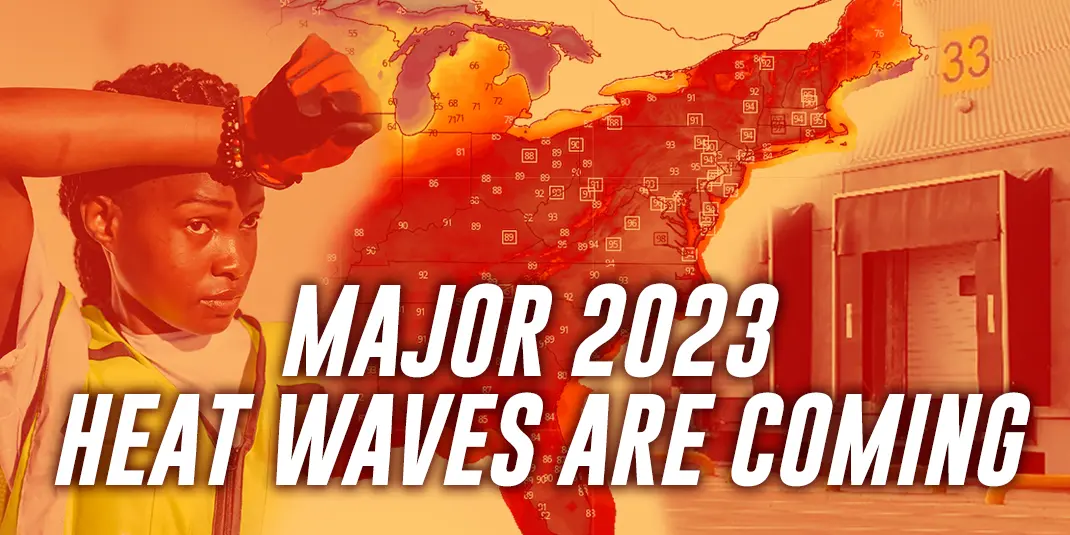

Close
- Cooling Systems
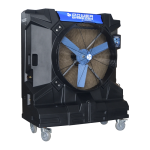
Evaporative Coolers
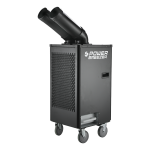
Portable
Spot
HVAC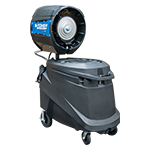
Mobile Atomized Coolers
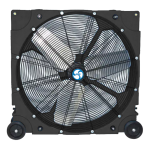
Drum
Fans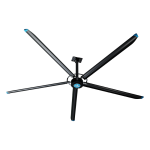
HVLS
Ceiling Fans - Cooling Media
- Support
- Cooling Systems

Evaporative Coolers

Portable
Spot
HVAC
Mobile Atomized Coolers

Drum
Fans
HVLS
Ceiling Fans - Cooling Media
- Support

Close
- Cooling Systems

Evaporative Coolers

Portable
Spot
HVAC
Mobile Atomized Coolers

Drum
Fans
HVLS
Ceiling Fans - Cooling Media
- Support
- Cooling Systems

Evaporative Coolers

Portable
Spot
HVAC
Mobile Atomized Coolers

Drum
Fans
HVLS
Ceiling Fans - Cooling Media
- Support
